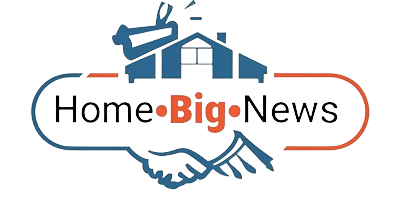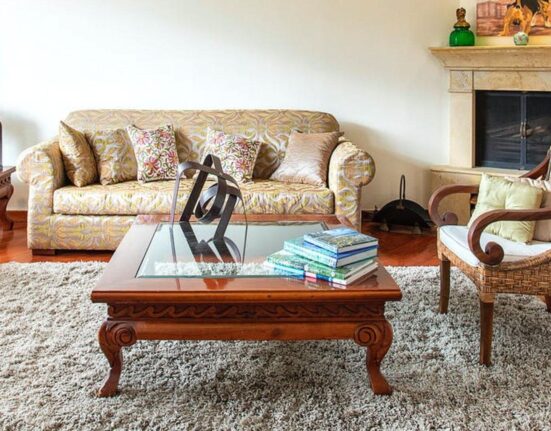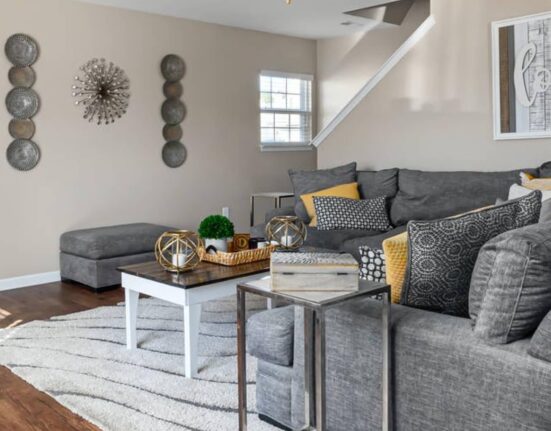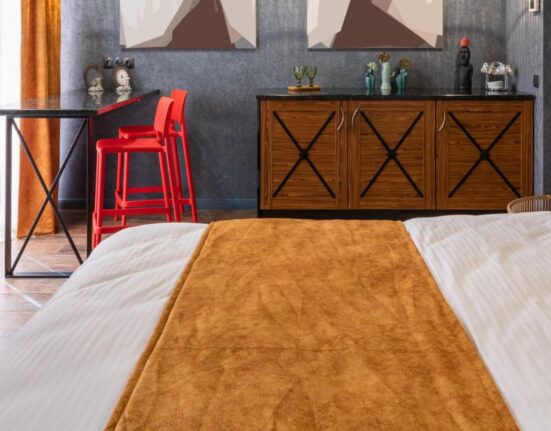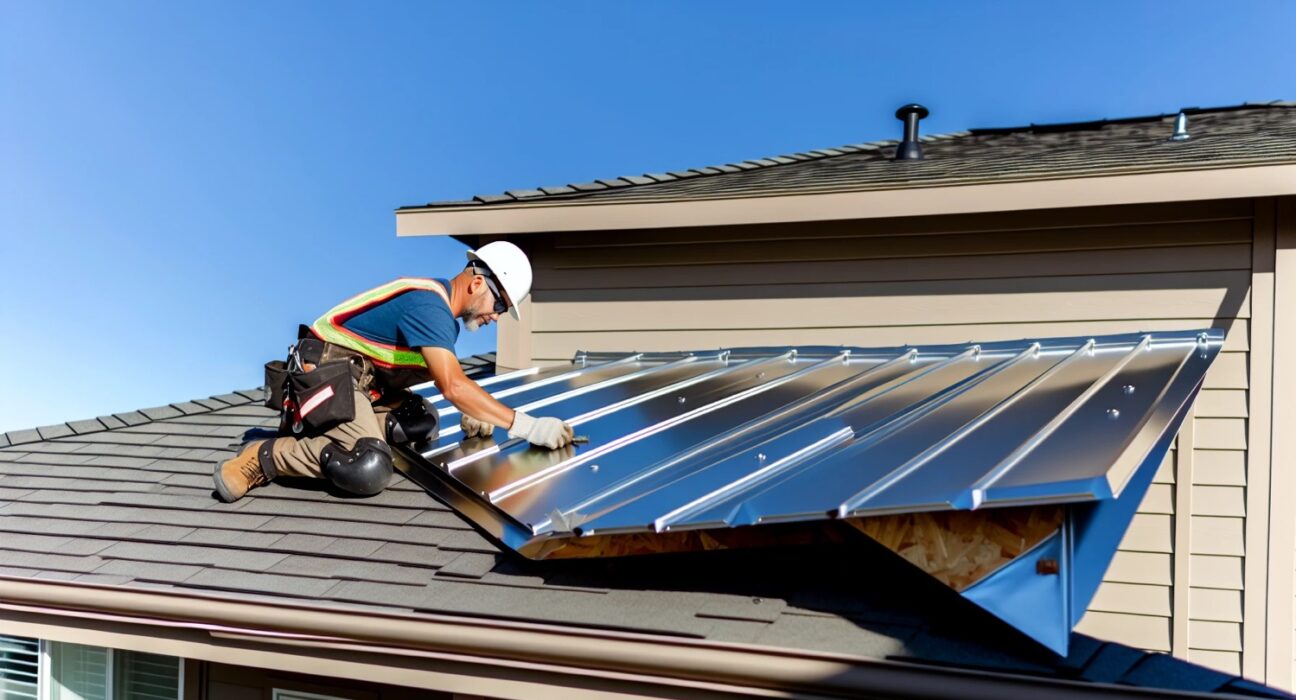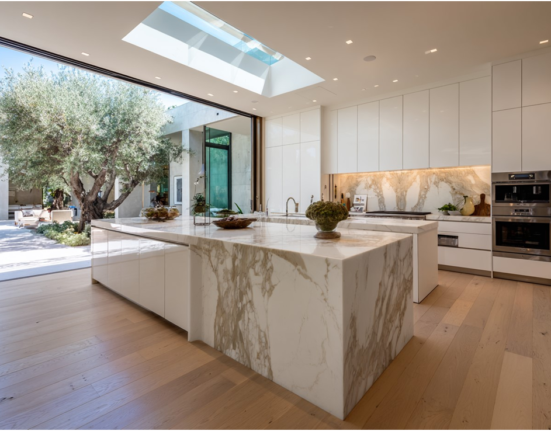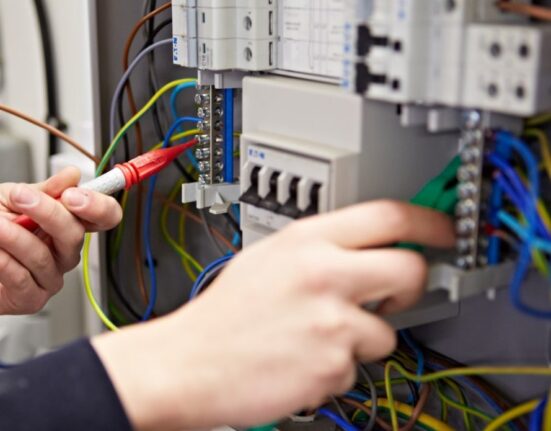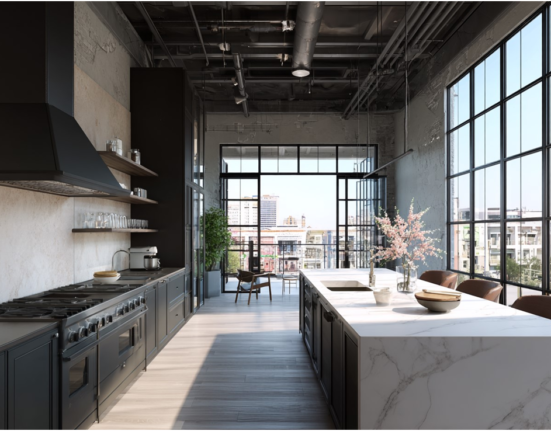It was a sweltering summer day when Mark noticed the first leak. His traditional asphalt shingle roof had served its purpose for the last decade, but after numerous repairs, he realized it was time for a total replacement. As he sifted through the available options, one stood out: a metal roof. Known for its durability and energy efficiency, a metal roof seemed like the perfect solution, but the big question loomed—how much would it cost? Like many homeowners, Mark had heard about the advantages of metal roofing but was unsure about the price tag associated with this investment.
For many, the cost of a metal roof may initially seem daunting, but understanding its long-term value and financial benefits can make it an appealing option. In this guide, we’ll break down the costs of metal roofing, explore the factors influencing these prices, and highlight why this investment could save homeowners money in the long run.
What is the Average Cost of a Metal Roof?
The cost of installing a metal roof can vary significantly based on several factors, including the type of metal, the home’s size, and the installation’s complexity. According to HomeAdvisor, the cost of a metal roof in 2023 ranges from $8,000 to $45,000. This translates to around $8 to $16 per square foot for materials and installation, compared to the $5 to $7 per square foot for traditional asphalt shingles.
However, homeowners often choose metal roofing for its longevity. While asphalt shingles typically last 15 to 30 years, a metal roof cost can last 40 to 70 years, providing more excellent long-term value.
Types of Metal Roofing and Their Costs
There are different metal roofing materials, each with its price point. The most common types include:
- Steel Roofing
Steel is one of the most popular options for metal roofs due to its affordability and durability. The two most common types of steel used in roofing are galvanized and galvalume.
- Galvanized Steel: Coated with a layer of zinc to prevent rusting, galvanized steel costs between $3.50 and $4.50 per square foot for materials.
- Galvalume Steel: Coated with aluminium and zinc, galvalume steel offers better corrosion resistance and typically costs between $4 and $5 per square foot.
- Aluminum Roofing
Aluminium is lightweight and corrosion-resistant, making it ideal for coastal areas. However, it is more expensive than steel, ranging from $8 to $12 per square foot.
- Copper Roofing
Copper is a premium roofing material known for its aesthetic appeal and longevity, often lasting over 100 years. However, it comes with a steep price tag, costing between $15 and $30 per square foot, making it one of the most expensive options.
- Zinc Roofing
Zinc is a durable, low-maintenance material that can self-heal over time when scratched. Like copper, however, it is on the higher end of the price scale, ranging from $6 to $10 per square foot.
Factors Affecting the Cost of a Metal Roof
Several variables can influence the overall cost of a metal roof, including:
- Roof Size and Slope
The size and slope of your roof play a significant role in determining the cost. Larger roofs require more materials and labour, increasing the total price. Additionally, steep roofs are more challenging to install, often resulting in higher labour costs.
- Roofing Design and Complexity
Simple, rectangular roofs are easier and cheaper to install than roofs with multiple valleys, dormers, or chimneys, requiring more precise cuts and installation techniques.
- Geographic Location
Where you live can also impact the price of metal roofing. For example, metal roofing may be more expensive in areas prone to hurricanes due to additional installation requirements for wind resistance. Additionally, labour costs vary depending on your location. For example, in states like Florida and Texas, where hurricanes are common, metal roofing prices can be on the higher end.
- Labor Costs
Labour costs for installing a metal roof account for about 30% to 40% of the total project cost. On average, labor costs range from $3 to $8 per square foot, depending on the contractor’s experience and the complexity of the job.
Additional Costs to Consider
Aside from the base costs of materials and labour, there are a few additional expenses homeowners should be aware of:
- Underlayment: This protective layer is installed beneath the metal roofing to provide insulation and moisture resistance. It costs from $0.50 to $1.50 per square foot.
- Fasteners and Accessories: Special fasteners are required to secure metal roofs, and depending on the size of the roof, they can add an extra $600 to $1,000 to the overall cost.
- Removal of Old Roofing: The cost of removing the existing roof before installation will increase. Removal typically costs around $1 to $2 per square foot.
The Long-Term Value of Metal Roofing
While the upfront cost of a metal roof may seem higher than traditional roofing materials, the long-term benefits often make it a cost-effective choice.
- Energy Efficiency
One key advantage of metal roofs is their ability to reflect solar heat, reducing cooling costs. According to the Metal Roofing Alliance, homeowners can save up to 40% on energy bills in the summer due to metal roofing’s reflective properties.
- Durability
Metal roofs are known for their durability and resistance to extreme weather conditions. Unlike asphalt shingles, metal roofs can withstand high winds (up to 140 mph) and are fire-resistant, making them ideal for areas prone to wildfires or hurricanes.
- Low Maintenance
While metal roofs require less maintenance than traditional roofs, occasional inspections are necessary to ensure the fasteners remain secure and no rust develops. However, due to their durability, the cost of maintaining a metal roof is typically lower over time compared to other materials.
- Increased Home Value
Installing a metal roof can increase a home’s resale value. According to a report by Remodeling Magazine, homeowners can expect to recoup around 60% to 70% of the installation cost upon resale, making it a wise investment for those looking to boost their property’s market value.
Environmental Benefits of Metal Roofing
In addition to its cost benefits, metal roofing is an environmentally friendly choice. Most metal roofing materials are made from recycled content and can be recycled at the end of their lifespan, reducing waste. Additionally, metal roofs last longer than traditional options, so they contribute less to landfills.
Financing Options for Metal Roof Installation
Given the higher upfront cost of a metal roof, many homeowners explore financing options to make the project more affordable. Some standard financing methods include:
- Home Equity Loans: Using home equity to finance a metal roof can offer lower interest rates than personal loans or credit cards.
- Roofing Loans: Some roofing companies offer financing programs allowing homeowners to pay for the roof monthly.
- Government Incentives: In some cases, energy-efficient metal roofs may qualify for federal tax credits or state-level incentives, reducing the overall installation cost.
Conclusion: Is a Metal Roof Worth the Cost?
The cost of a metal roof may seem high at first glance, but when considering the long-term benefits—such as energy savings, durability, and increased home value—it often proves to be a wise investment. While traditional asphalt shingles might cost less upfront, the lifespan of a metal roof and its low maintenance requirements can save homeowners money over time.
A metal roof is worth exploring for those seeking a roofing solution that offers aesthetic appeal and lasting protection. By understanding the various factors that influence the cost and knowing what to expect, homeowners can make an informed decision that suits their budget and long-term needs.
You may also read
roof repair specialists in San Antonio
